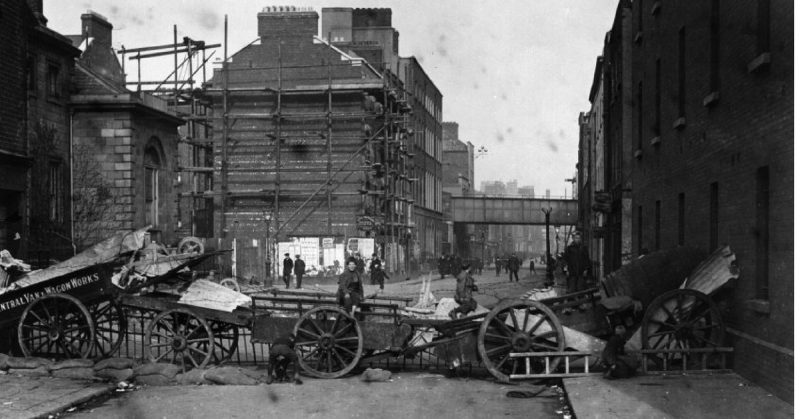The Easter Rising of 1916 is a controversial event, down even to when it should be celebrated. Tradition dictates that it is to be celebrated on the Monday after Easter because the most Catholic revolt in Irish-British history occurred on the Monday after Easter. In some ways, that is like celebrating the 4th of July on the first Monday of July, whatever date that happens to be.
The centennial, then, was celebrated on the Monday after Easter even though it technically was more than two weeks before April 24th, the actual 100th anniversary of the Rising. There were speeches, wreath-layings, parades, and Irish sectarian disputes that outsiders have almost no chance of understanding.
But the theology, the mythology, the politics and the consciousness that the rebels aimed to develop not just a revolt but a historical narrative for future generations; all of this make the Rising a quintessentially Irish event. What other country celebrates a failed revolution as the moment of its birth? What other nation feels so ambivalent and uncertain about their origins?
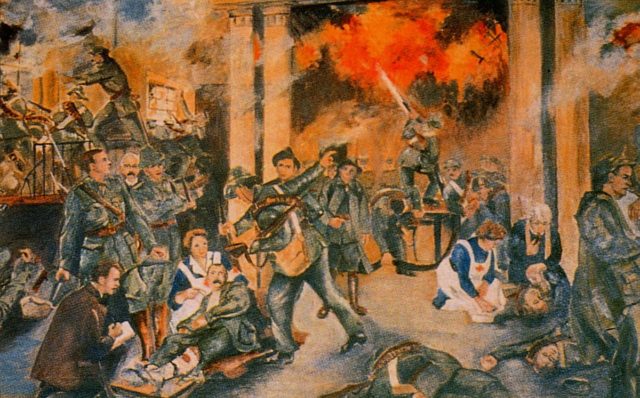
Former Irish Taoiseach (prime minister) John Bruton gave a speech in 2014 in which he described the Rising as “completely unnecessary” and suggested that it had “damaged the Irish psyche” and “led directly to the brutal violence” that Ireland experienced throughout the next several decades.
Bruton was a political outlier, but still to hear a government head express these types of views is unusual. It’s like an American president suggesting that the colonists should not have taken up arms at Lexington, that maybe they could have talked through that whole taxation dispute.
Bruton was a political outlier, but still to hear a former government head express these types of views is unusual. It’s like an American president suggesting that the colonists should not have taken up arms at Lexington, that maybe they could have talked through that whole taxation dispute.
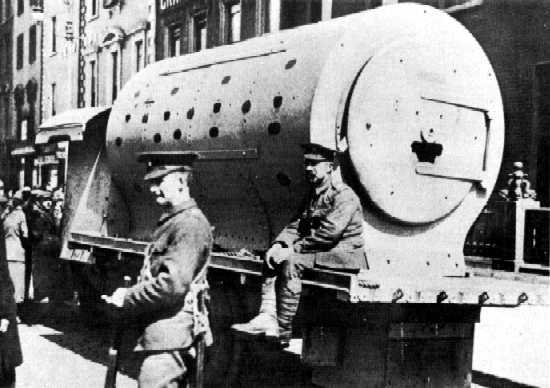
With the passing of time, though, the Rising in 1916 appears more like a global phenomenon that has implications throughout the 20th century and beyond, and not just a localized event on a tiny island on the west side of Europe. The Easter Rising is a unique and controversially significant event in Irish history because it’s an important chapter in world history, just one that is difficult to comprehend through the thick Irish cultural fog that surrounds it.
It’s not the first occurrence of urban guerilla warfare, not the first time women were military combatants, and not the first illustration that one man’s terrorism is another’s patriotism. It might not even be the first time nationalism, socialism, anti-imperialism, feminism, and trade unionism all combined into a single revolutionary movement. Still, all of that did occur over six days in a few square miles of Dublin and it has since impacted the entire world.
The actual events of 100 years ago are easily stated, yet this has not prevented waves of nationalist historical retellings, revisionist historical retellings, and counter-revisionist retellings. The best of the retellings is likely Charles Townshend’s Easter 1916, published in 2005, and Fearghal McGarry’s The Rising, which uses the Irish government’s extensive archive of oral history.
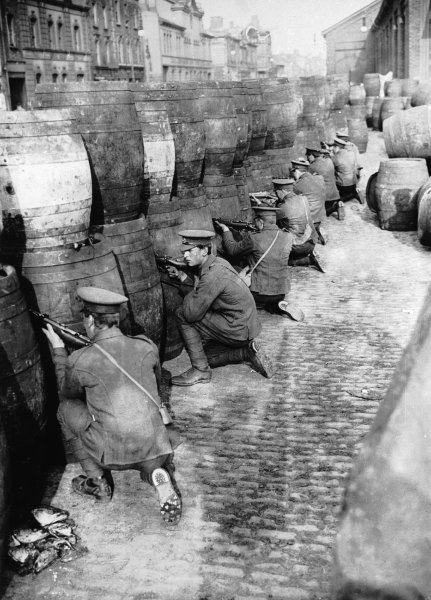
After approximately 700 years of British rule, either direct or indirectly and a number of failed revolts, a group of Irish nationalists and republicans (those open to armed rebellion) took advantage of the chaos caused by World War I to strike their blow for freedom. Their cause was unpopular at the time, something non-Irish
Their cause was unpopular at the time, something non-Irish does not understand and Irish try to forget. Most of the Irish Catholic people believed what John Bruton still believes: They supported the moderate politics of John Redmond and the Irish Parliamentary Party. They advocated home rule – limited self-government within the U.K.
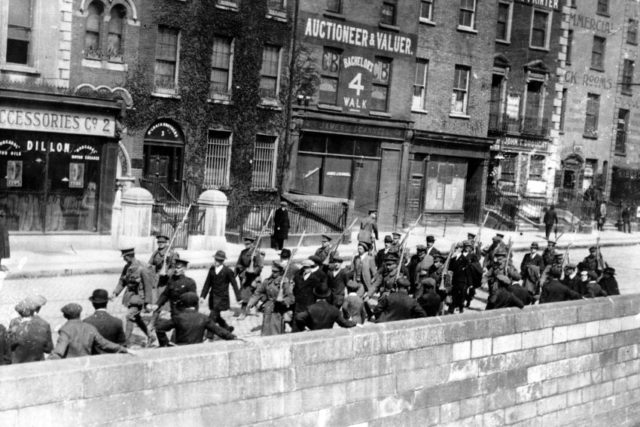
Almost anything that could go wrong did. It’s impressive that the rebels were able to hold out for even six hours, let alone six days. There were as many as 10,000 Irish Volunteers trained for the revolt, but the training was slapdash and communication was nearly non-existent. Pádraig Pearse, who would briefly become the self-appointed president of the Irish Republic, called for an uprising during Easter week. Eoin MacNeill,
Pádraig Pearse, who would briefly become the self-appointed president of the Irish Republic, called for an uprising during Easter week. Eoin MacNeill, the leader of the Irish Volunteers, countermanded his order. Barely 1,200 rebels showed up in Dublin on Easter Monday. Hardly anybody showed up in the rest of Ireland. Several hundred more joined in as the revolt continued, but the total was still well below 2,500.
The British government overreacted to the threat. They overestimated the number of participants and exaggerated the extent of the threat to British control of Ireland.
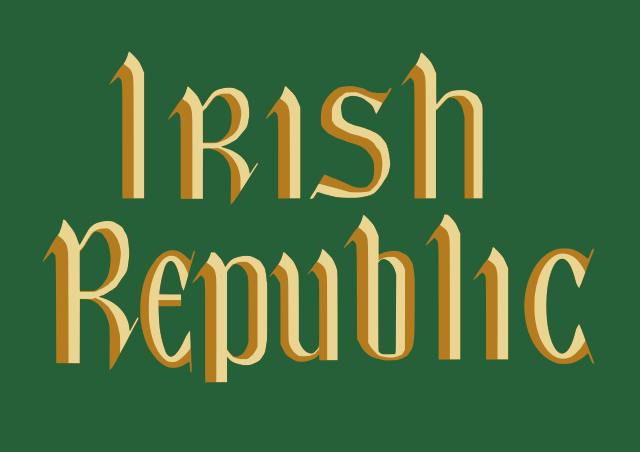
More than 3,500 people were arrested after the revolt was put down, most of them having nothing at all to do with the uprising. James Connolly, the greatest political thinker, and foremost internationalist among the rebels were confident that the British would never use heavy artillery in the heart of one of their major cities. He was wrong. The British steamed the Royal Navy gunship
James Connolly, the greatest political thinker, and foremost internationalist among the rebels, was confident that the British would never use heavy artillery in the heart of one of their major cities. He was wrong. The British steamed the Royal Navy gunship, Helga up the Liffey river and shelled the city center for several days in a textbook example of military overkill. By the time the shelling ceased, Sackville Street (now O’Connell Street) was reduced to rubble.
Then there was the most famous and most counterproductive of the British overreactions. The British government executed Pearse, Connolly, Joseph Plunkett and eleven other rebel leaders including every signer of the Proclamation of the Irish Republic that Pearse had read outside of the General Post Office on that Easter Monday. Instead of killing them all at once, they spread it out over two weeks.
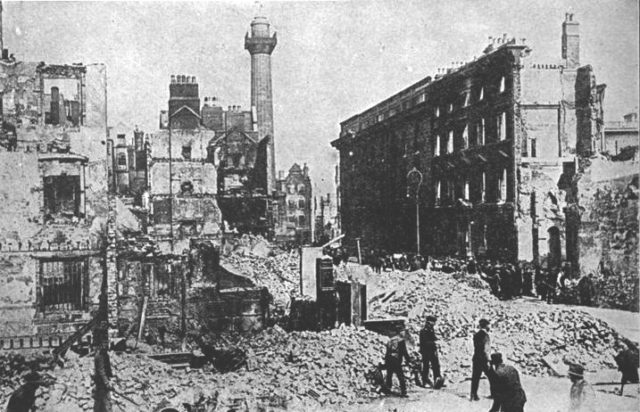
If the intent was to demoralize the population of Ireland, the steady stream of noble widows who refused to weep and the heroic leaders facing the firing squad while praying for their executioners had the exact opposite effect. It played straight into the Irish and Catholic traditions of saints and martyrs and it turned public opinion radically against the British government in two weeks.
After Connolly was shot (tied to a chair because he was too injured to stand), the British had done the work of the rebels more effectively than they ever could have on their own. After another five years of political disintegration and increasing guerilla conflict, the world’s most powerful empire was forced to allow a nation that had, for 115 years, been an integral part of its kingdom to separate and go their own way.
The true lessons of the Rising are how a seemingly pointless act of resistance goaded a vastly more powerful foe into disastrous mistakes, and confrontational and theatrical violence transformed political reality where 40 years of parliamentary politics had failed.
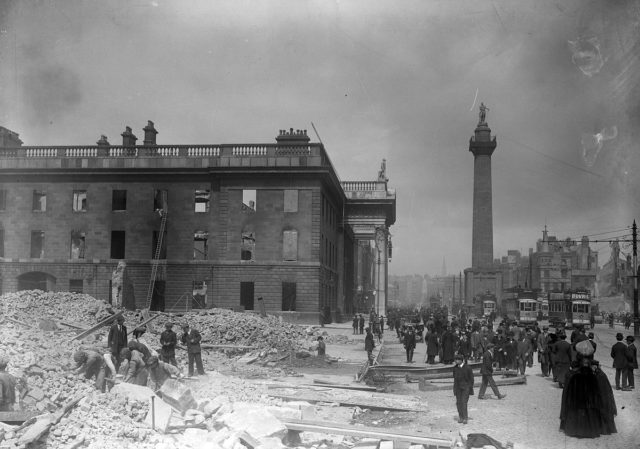
It’s plausible to suggest that the Easter Rising had more impact on the history of 20th-century rebellion than on Ireland itself. Ireland hasn’t never even been able to come to terms with how it should feel about the whole thing. This is made clear in the public TV documentary “The 1916 Irish Rebellion” and its accompanying coffee table book supervised by Notre Dame Irish studies scholar, Bríona Nic Dhiarmada – an excellent starting point for those new to this subject. For a look at how the Irish changed history, read
This is made clear in the public TV documentary “The 1916 Irish Rebellion” and its accompanying coffee table book supervised by Notre Dame Irish studies scholar, Bríona Nic Dhiarmada – an excellent starting point for those new to this subject.
For a look at how the Irish changed history, read Who’s Afraid of the Easter Rising? by James Heartfield and Kevin Rooney. They research how the Rising is a difficult topic for Irish politicians and historians and how its effects ripple through the anti-imperialist movements in India, Africa, the Caribbean and elsewhere.
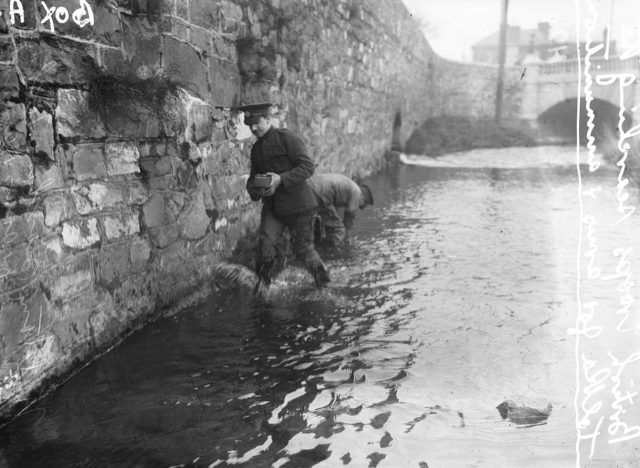
Lenin and Trotsky saw the Rising as the first blow for European revolution in a movement that would eventually overthrow bourgeois imperialism. Their own revolt, 18 months later, was somewhat more successful. The relationship between the two events may not be direct, but it is not accidental either.
Ho Chi Minh reportedly wept when the leaders were executed. Marcus Garvey cited the leaders of the Rising as inspiration for his own movement. These examples are not always positive but the same can be said about modern Ireland, a cautious and conservative society – part European, part American and part British that in no way resembles the cultural rebirth imagined by Pearse and Connolly. The Irish know that it is important to remember Easter of 1916. They just aren’t quite sure why.
